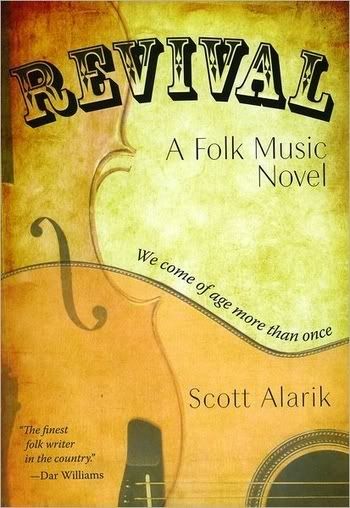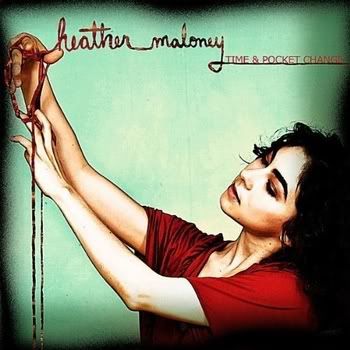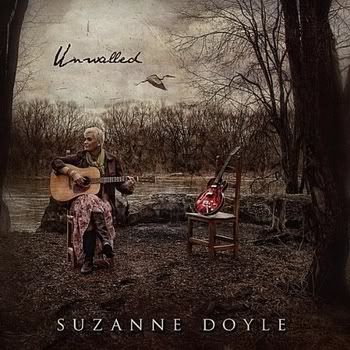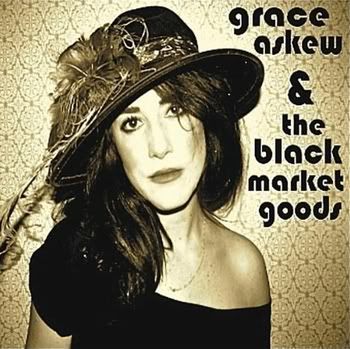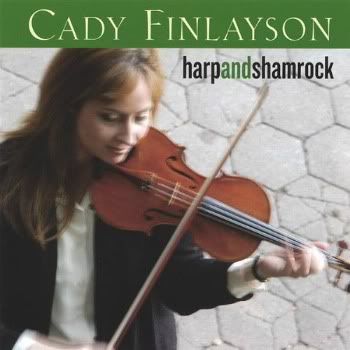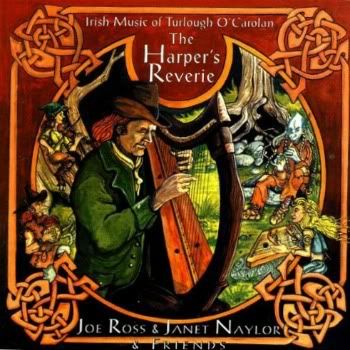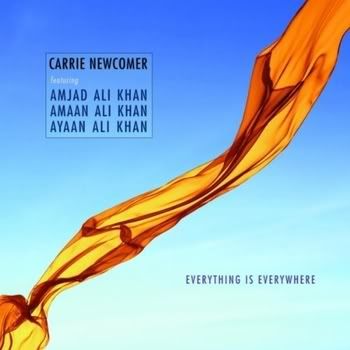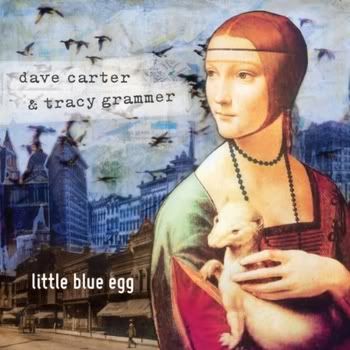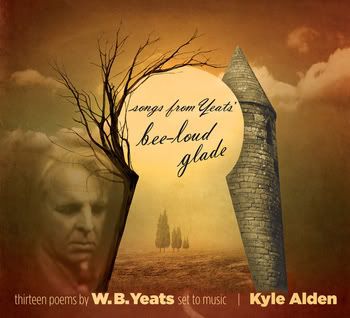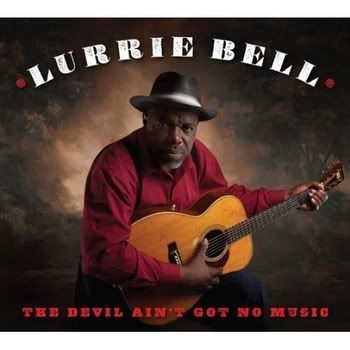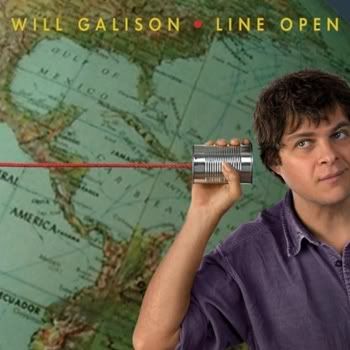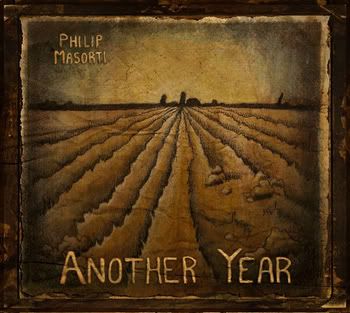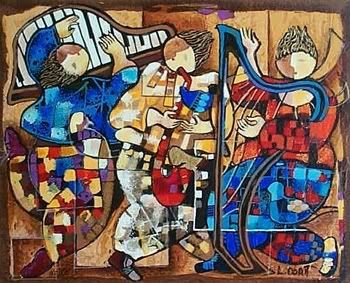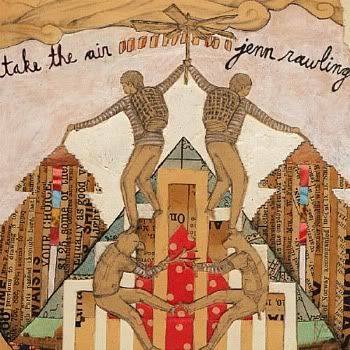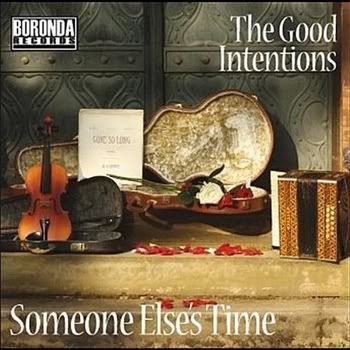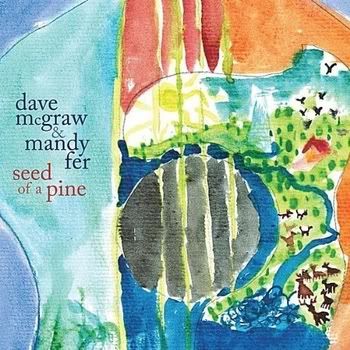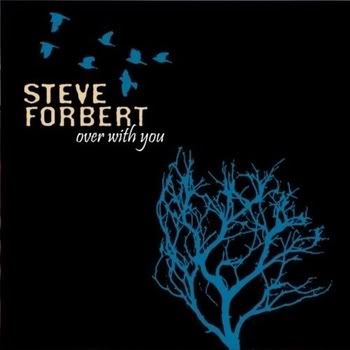
[purchase]
Steve Forbert himself may not agree with me, but I think that he is the kind of artist who should always have been on independent labels. Forbert started out in the majors in 1979, and had the bad luck to have a hit on his second album with Romeo’s Tune. For the lords of major label-dom, this meant that everything Forbert did from then on had to be a hit, or he was a failure in their eyes. That of course did not happen. Two albums later, Forbert had album taken hostage in the studio vaults, and he lost five years of his career while he fought to get out of his contract. All of that is history now, and Forbert is an independent artist with a new album on Blue Corn Music, Over With You.
The irony of all of this that Forbert is an artist with great pop instincts. Rhyming couplets seem to come naturally to him, and he writes variations on folk-rock formats that have great hooks. What is different about Forbert is the naturalness of his writing and delivery. Great pop music, the kind that sells in huge numbers on major labels, has a layer of artificiality to it that allows the listener to relate to it without having to get too close to the emotions involved, and allows the dancer in a club to simply not care too much at all. There is a gift to writing that way, and Steve Forbert has never had it. Forbert has the form down, but his songs feel like conversations with real people. He delivers a couplet in perfect rhyme and meter, but what you notice is how natural it sounds, as if people always talk this way. Pop music is all shiny surfaces, but you can see the dirt under the fingernails of Steve Forbert’s characters.
At the beginning of his career, Forbert had a youthful exuberance, a belief that anything was possible in love or life, and a charming twinkle in his eye as he told you about it. That optimism has been tempered by all that he has been through, but the twinkle is back on his new album. Love, in particular, is more ambiguous than it used to be. All I Need to Do, on the new album, is an “I’m Not In Love” kind of song with a sense of humor, but the narrator is coping with the fact that the relationship he wants most is over. Baby I Know presents a relationship that is mostly working, but it still is a promise to do better. In Can’t We Get Together, the narrator wants to take the distance out of a long distance relationship. Forbert sees love these days as something to work at, where it had been a state of perfection in the songs of his younger days.
As an independent artist, Forbert has the freedom to veer away from standard song forms, to be more musically adventurous. But Forbert loves these forms, so you hear a lot of them here. Still, there are places on Over With You where Forbert gets more musically adventurous, and the results are very rewarding. The title track is a break-up ballad, and it almost sounds like a hit. But the arrangement is mostly acoustic, with the addition of a drone played on the organ. There is a percussion part that kicks the song along, and a beautiful piano part emerges from nowhere. The song also has some odd chord changes that I can not identify further, but I know that something unusual just happened. But the most remarkable thing about the song Over With You is the vocal. Steve Forbert has never had a pretty voice, and this is not the kind of song you would necessarily want to hear him rasping through. But he brings both a warmth and a sincerity to it that a prettier voice would miss. That said, somebody could probably have a huge hit with the song in a properly insipid arrangement; just don’t let me know if it happens. Don’t Look Down Pollyanna is a song that can be taken in different ways. I hear it as a lifeline to people who are struggling through this difficult times. Forbert doesn’t have the answers, but he offers hope that things will get better. Musically, the treat here is Ben Sollee’s cello part, which functions almost as a duet partner for Forbert’s voice. There are also washes of notes in the background, played on an electric guitar, that give the song a sense of danger.
The album closes with Sugarcane Plum Fairy. This is one of those songs that apparently demanded to be released, but it is different from anything else on the album. It’s an ambiguous lyric, but it seems to me to recall a romance in references to fairy tales and children’s books. It has some of the sunny optimism of Forbert’s early career, except that it is told in the past tense, and when the narrator leaves at the end of the song, I have the sense that he won’t be back. The song could also be Forbert looking back over his career, and recognizing that he will never again have what he once did. The illusions are gone now, and he can see things as the really are. Something is lost in this, but something is gained as well, And Forbert shares that with the world on Over With You.
Stream the entire album here.
*****************************************************************
I have had a statement on the sidebar here that I would remove any copyrighted material on request since I began this blog, and there is a similar statement on Star Maker Machine. Nevertheless, a recent crackdown by the recording industry resulted in the loss of my file hosting service. As a result, I will be experimenting with different ways to allow you, my readers, to hear the music I write about. This time, it's the stream above, because that is what the promoter could send me. Next time, it may be something else. Let me from you what format(s) you prefer, and I will see what I can do.

